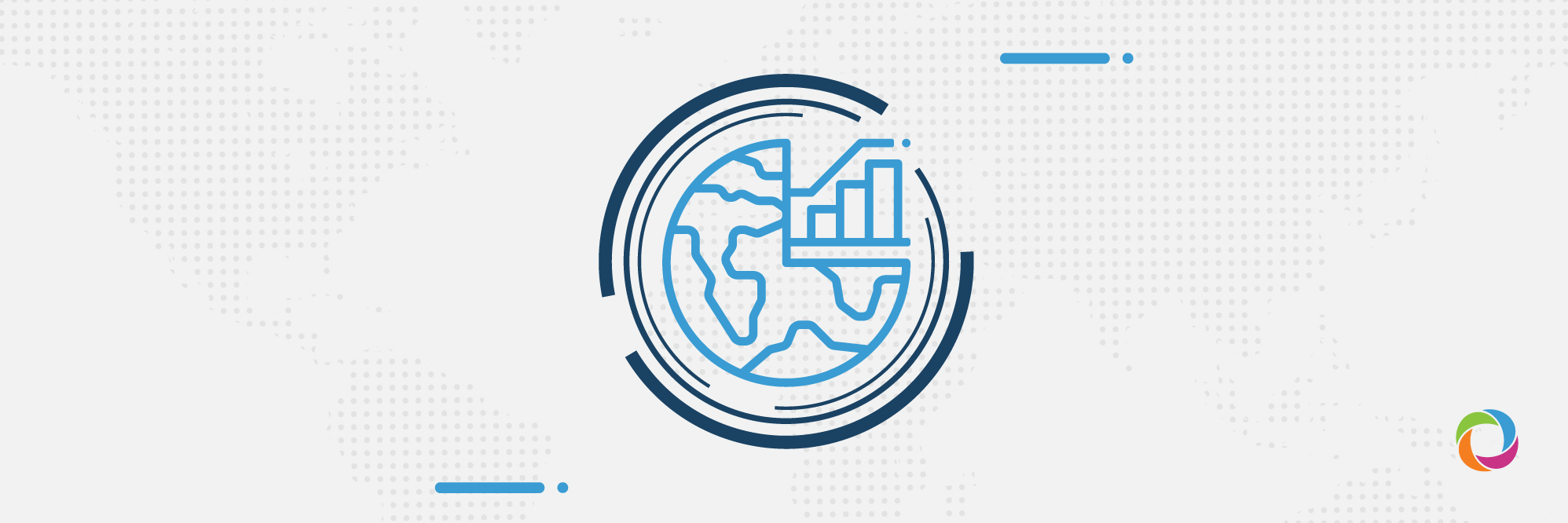The South Asia Economic Focus: South Asia Vaccinates, a regional update by the World Bank (WB) released on March 31, has revealed that South Asian economies face a fragile recovery due to uneven growth since many businesses will need to make up for lost revenue.
The WB also predicts that Nepal’s gross domestic product (GDP) will increase by 2.7% in the next fiscal year to reach 5.1% based on the assumption that remittance inflow will increase.
The WB’s regional update, which is published twice a year, reveals that the prospects of an economic rebound in the South Asia region are firming up as growth is set to increase by 7.2% in 2021 and 4.4% in 2022. However, it also assesses that this growth will be uneven and economic activity will be well below pre-COVID-19 forecasts as many businesses will have to make up for lost revenue while millions of workers, most of them in the informal sector, are still reeling from job losses, reduced income, worsening inequalities, and human capital deficits.
Stating that, although there are clear signs of an economic rebound in the South Asia region, with the pandemic still not yet under control, recovery remains fragile, Hartwig Schafer, World Bank Vice President for the South Asia Region, said, “Going forward, South Asian countries need to ramp up their vaccination programs and invest their scarce resources wisely to set a foundation for a more inclusive and resilient future.”
- Countries dependent on tourism, particularly Nepal, Bhutan, Sri Lanka, and the Maldives have been heavily affected by the crisis
- Fiscal deficits in the region have widened on average by almost 5% of GDP whereas debt sustainability is at risk as some countries have become more vulnerable to external shocks, mainly the Maldives and Sri Lanka
- COVID-19 has increased vulnerabilities including reduced income, human capital acquisition and gender inequalities
- India’s GDP is expected to grow by more than 10% in the fiscal year 2021-22, a substantial upward revision of the 4.7% forecast in January 2021
- Bangladesh’s GDP is expected to increase by 3.6% in 2021
- Pakistan’s growth is forecast to reach 1.3% in 2021 which is slightly above previous projections
- A growth of 1% is expected in Afghanistan in 2021 although there may be risks to achieving the level forecast due to the security situation and political uncertainty
- Bhutan’s GDP will fall by a further 1.8% in FY2020-21 before gradually recovering to pre-COVID-19 levels
- The GDP in the Maldives is projected to grow by 17.1% in 2021 whereas the economy of Sri Lanka is anticipated to grow by 3.4% in 2021
Stating that the health and economic benefits of vaccinations greatly exceed the costs involved in purchasing and distributing vaccines for every South Asian country, Hans Timmer, World Bank Chief Economist for the South Asia Region said, “South Asia has stepped up to vaccinate its people, but its healthcare capacity is limited as the region only spends 2% of its GDP on healthcare, lagging any other region.” The main challenge ahead is to reprioritize limited resources and mobilize more revenue to reach the entire population and achieve full recovery, he added.
The decision by South Asian governments to transition from widespread lockdowns to more targeted interventions which accommodate monetary policies and fiscal stimuli through targeted cash transfers and employment compensation programs have also supported the recovery, the regional update noted.
Observing that South Asia’s public spending on healthcare is the lowest in the world, the report recommended, “Countries in the region need to further invest in preventive care, finance health research, and scale up their health infrastructure, including for mass and quick production of vaccines.”
Although the report forecasts a clear economic rebound in the region, estimating that the poverty rate in the region will fall to a range between 37% and 42 % by 2022, it states that the recovery remains fragile. “While vaccinating the whole population is a challenge due to the limited capacity in health care systems, a third wave and the spread of new variants of the virus remain a threat in the region,” the report warned.


